The Cultural Impact of Super Mario Bros.
- Oct 11, 2024
- 21
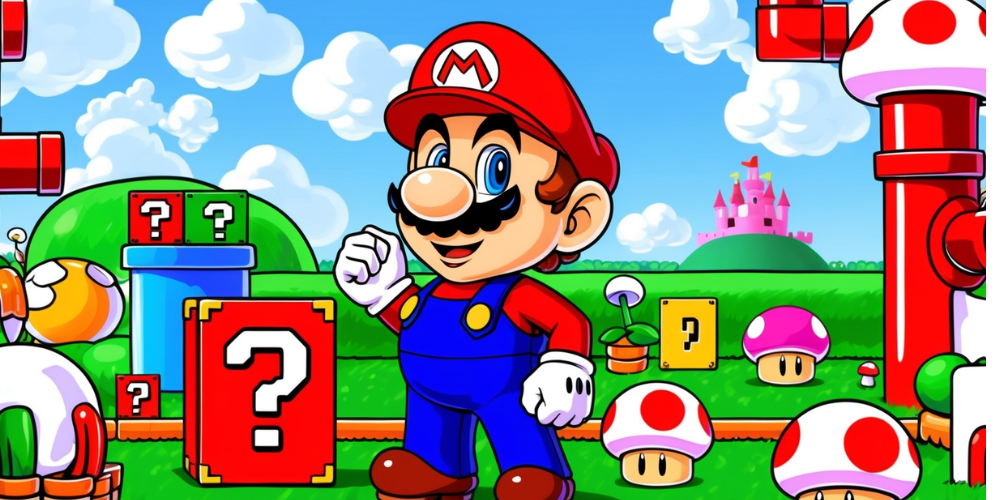
When I first laid eyes on Super Mario Bros., I had no idea that a simple video game featuring a jumping plumber would become a cultural phenomenon. I remember the rush of colors and sounds, the catchy music that played as I navigated through the levels. This magical experience unfolded back in 1985, and its impact has echoed through the decades, influencing the gaming landscape and broader culture in ways I could never have predicted.
A New Era in Gaming
Super Mario Bros. was more than just a thrilling adventure. It marked a turning point for the gaming industry, transitioning it from the arcade-centric model to home consoles. With the success of Nintendo’s Entertainment System, which became a household name, I witnessed how Mario introduced millions to the world of gaming. The simple yet brilliant level design kept players like me engaged for hours, paving the way for future game developers to think creatively.
The Rise of the Heroic Archetype
As I guided Mario through the Mushroom Kingdom, the motifs of heroism and perseverance permeated my gaming experience. Mario epitomized the “everyman hero” design, appealing to both children and adults. This relatable character paved the way for countless video game protagonists, setting a standard for character development that continues to this day.
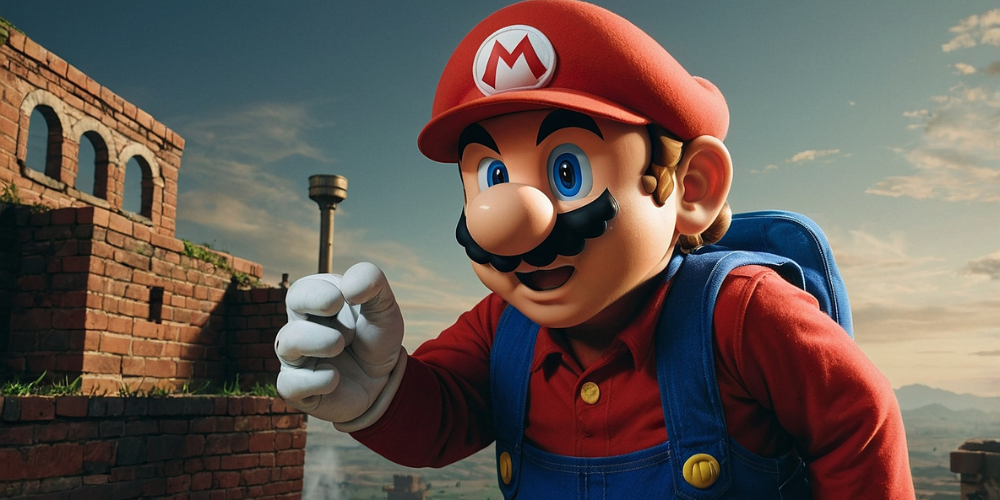
Iconic Music and Sound Design
One cannot discuss Super Mario Bros. without mentioning its iconic soundtrack. Even now, the catchy tunes played in my head whenever I hear the phrase "Super Mario." Koji Kondo’s compositions blended perfectly with the gameplay, enhancing the emotional connection. This impact was profound; video game music became an art form in its own right, shaping the industry into one that values soundtrack just as much as graphics.
Cultural Representation and Branding
Super Mario became a symbol of Nintendo and, by extension, gaming itself. Living in a world where the character adorned merchandise, lunch boxes, and apparel, I saw Mario not just as a game character but as a cultural icon. It was fascinating how he crossed boundaries, becoming a recognizable figure even among non-gamers. This commercialization played a crucial role in shaping gaming culture.
Expanding the Universe
The universe of Mario broadened beyond a platformer. Spin-offs and sequels sprouted, some of which became cultural staples, like Mario Kart and Super Smash Bros. I fondly recall long nights spent with friends, racing each other in bizarre kart races or battling it out with beloved characters. These games formed social bonds and created unforgettable memories.
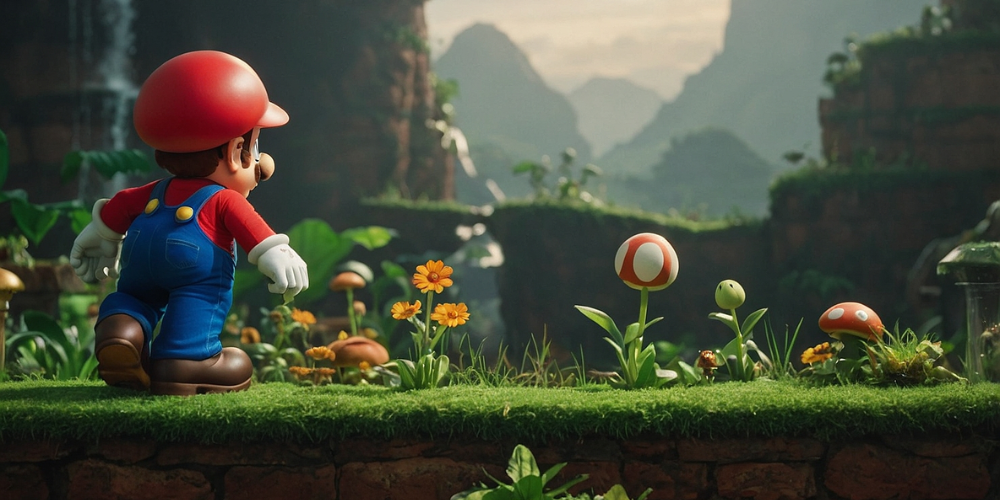
Art and Animation Evolution
Super Mario Bros. also influenced the evolution of video game art. The pixelated graphics may seem primitive now, but they sparked a revolution in visual storytelling. As I played, I witnessed the growth in animation quality and character design, leading to the lush, detailed worlds we see in modern games. The simplicity of Mario’s visuals was an inspiration to countless game developers, demonstrating that creativity can thrive within limitations.
Community and Fan Culture
As I dived deeper into the Mario fandom, I found communities devoted to sharing tips, speedruns, and fan art. The online presence of Super Mario transcended the gaming world, leading to conventions, tournaments, and social gatherings centered on the franchise. I remember attending events where fans of all ages came together, united by a shared love for the Mushroom Kingdom and its inhabitants.
The Educational Aspect
One of the surprising impacts of Super Mario Bros. is its educational potential. As I jumped my way through levels, I unknowingly developed critical thinking and problem-solving skills. The game's challenges often required strategy beyond mere reflexes. Over the years, educators began to recognize the cognitive benefits of video games, and Mario stood at the forefront of this trend, being used as a tool in various teaching methods.
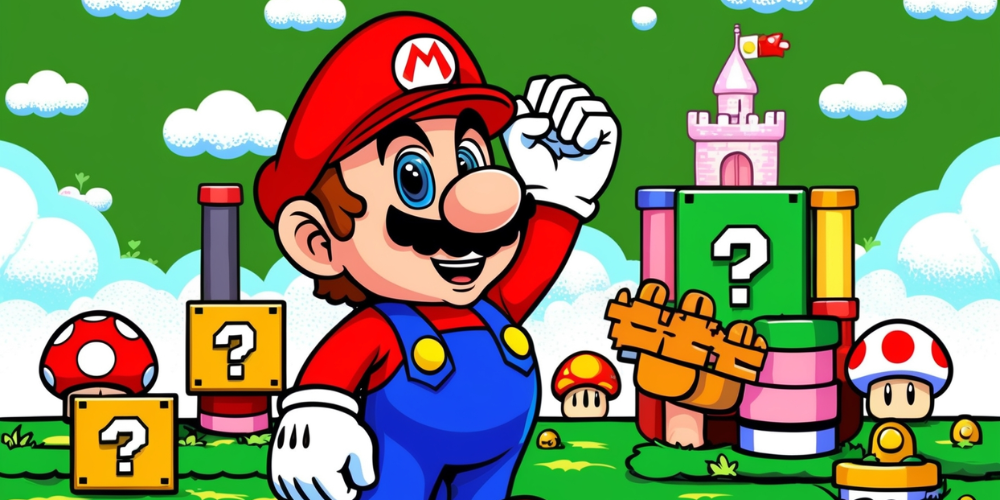
Gender Representation
While Mario may epitomize heroism, the portrayal of female characters, particularly Princess Peach, has raised discussions about gender representation in games. As I explored the dynamic between Mario and Peach, I saw both a traditional narrative and a call for growth in future representations. Debates around Princess Peach’s role have influenced more diverse character representations in games, showcasing the evolving understanding of gender dynamics in interactive storytelling.
The Global Reach of Mario
Super Mario Bros. broke cultural barriers, introducing gaming to a worldwide audience. I have traveled abroad and found fellow gamers who share my passion for Mario. The franchise’s accessibility contributed to its global reach, allowing it to be translated into various languages and cultures. Even in different countries, the laughter and joy derived from Mario's adventures are universal.
Legacy of Innovation
Every game that followed in Super Mario's footsteps pushed the boundaries of innovation. I have seen new mechanics, environments, and narrative styles emerge from the influence of this classic title. Developers were inspired to take risks because Super Mario Bros. had set a precedent that creativity pays off. Even major genres of gaming, such as platformers and party games, owe their foundation to this groundbreaking title.
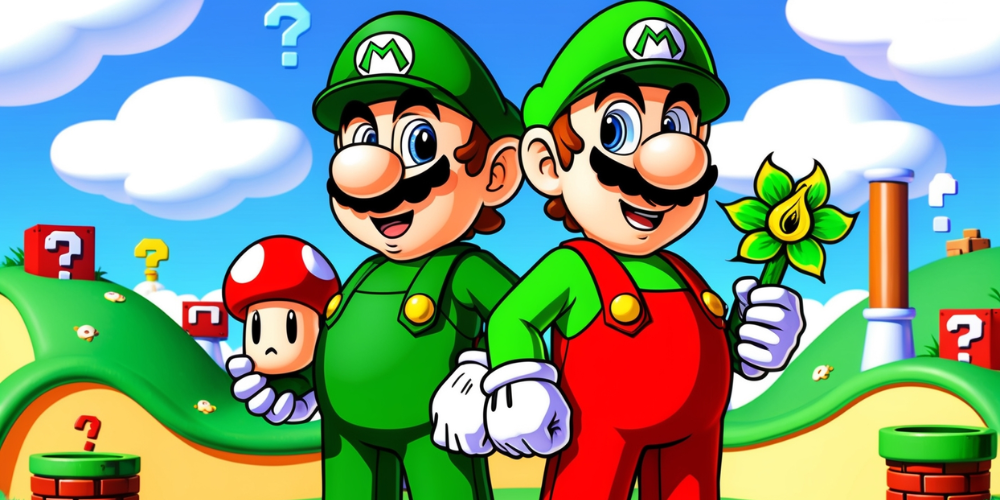
The Franchise’s Influence on Modern Games
Looking at the modern gaming landscape, it’s clear how Super Mario Bros. continues to shape game design principles. Many new releases exhibit stylistic traces of Mario’s layout and mechanics. From indie games to blockbuster hits, the legacy of Mario remains hidden within game design philosophies, encouraging new players and developers alike.
Merchandising and Cross-Promotions
Mario's influence cannot be discussed without acknowledging his impact on merchandising. Streets are filled with toys, clothing, and even food products inspired by him. Fast-food chains have dedicated meals to Mario, while clothing brands embrace his charm. The way Mario has integrated into daily life is astonishing, demonstrating how a video game can transcend its medium to become a household brand.
Super Mario and Family Bonds
One of the most profound impacts of Super Mario Bros. is how it has brought families together. I cherish the memories of playing alongside my parents, siblings, and friends, laughing as we struggled through difficult levels. This social aspect cultivated a shared experience, allowing us to bond over a simple game, reinforcing the idea that gaming is not only for escapism but also a means for connection.
The Ongoing Evolution
A world without Super Mario Bros. is unthinkable. As I look at the current landscape of video games and their culture, I see themes, styles, and characters that often trace back to that original game. Although the franchise has evolved, maintaining relevance in a rapidly changing industry, its core continues to resonate with players young and old. Mario remains a beacon of nostalgia and a reminder of the joy that gaming can offer.
Super Mario Bros. carved a path for countless gamers, creators, and culture enthusiasts. The incredible journey from pixelated 8-bit graphics to sprawling 3D worlds has showcased the limitless potential of creativity and connection in gaming. It’s more than just a game—it's a cultural artifact whose influence is felt in various aspects of life, and I am proud to have witnessed its remarkable evolution.